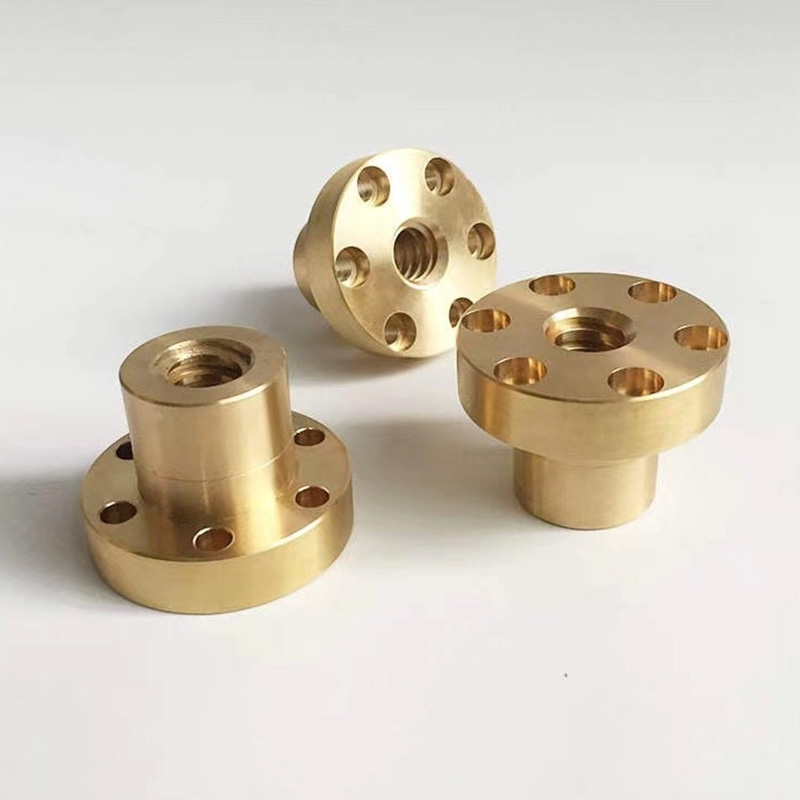1. Advanced Cutting Tool Systems
The Challenge: Standard end mills struggle with heat-resistant alloys, causing premature wear and dimensional drift.
The Solution: Diamond-coated carbide tools with internal coolant channels. These maintain cutting integrity even in superalloys like Inconel.
Our Experience: In our 2025 aerospace project, switching to variable-helix end mills reduced chatter by 80% while improving surface finish. Actually, the difference was noticeable immediately.
Pro Tip: For aluminum work, try polished flute tools – they prevent material adhesion.
Cutting Tool Comparison: Standard vs Advanced
Tool Life (in titanium)15-20 parts80-100 parts
| Feature | Standard HSS Tools | Advanced Carbide Systems |
|---|---|---|
| Max Cutting Speed | 120 SFM | 650 SFM |
| Surface Finish Quality | Ra 3.2 μm | Ra 0.8 μm |
2. Precision Measuring Instruments
The Challenge: Manual calipers can’t verify micron-level tolerances required for medical implants.
The Solution: Laser scanners and CMMs (Coordinate Measuring Machines). These capture 3D geometries with ±0.001mm accuracy.
Data Insight: According to NIST research, shops using automated metrology report 92% fewer tolerance violations.
Counterintuitively, the most valuable measurements happen during machining, not after. For example, touch probes can automatically compensate for tool wear.
3. CAM Software Suite
The Challenge: Manual G-code programming leads to inefficient toolpaths and collision risks.
The Solution: Advanced CAM systems like Mastercam or Fusion 360 that generate optimized toolpaths.
Key Features:
- Automatic collision avoidance
- Adaptive clearing technology
- Virtual machine simulation
Our recommended CNC metal fabrication partner uses cloud-based CAM that reduced programming time by 40%.
5-Step CAM Implementation Guide
- Import 3D CAD model (STEP or IGES format)
- Define stock material dimensions
- Select cutting tools from digital library
- Generate optimized toolpaths with AI assistance
- Run full collision simulation before machining
4. Modular Workholding Systems
The Challenge: Traditional vises distort thin-walled components during heavy machining.
The Solution: Vacuum chucks and magnetic workholding that distribute clamping force evenly.
Case Study: Automotive supplier reduced distortion in aluminum housings by 75% using cryogenic clamping.
However, it’s worth noting that quick-change pallet systems deliver the biggest ROI. They slash setup time from hours to minutes.
Precision Machining FAQ
Q: How much do these tools improve CNC metal fabrication accuracy?
A: Properly implemented, they can achieve tolerances of ±0.005mm – finer than a human hair.
Q: Which tool provides the fastest ROI?
A: CAM software typically pays for itself in 3-6 months through reduced programming/scrap costs.
Q: Can these tools handle prototype quantities?
A: Absolutely! Modular systems excel at rapid changeovers for small batches.
Daily Precision Maintenance Checklist
✅ Verify cutting tool runout (<0.01mm)
✅ Calibrate measuring probes
✅ Update CAM post-processors
✅ Clean workholding surfaces
✅ Backup machine parameters







